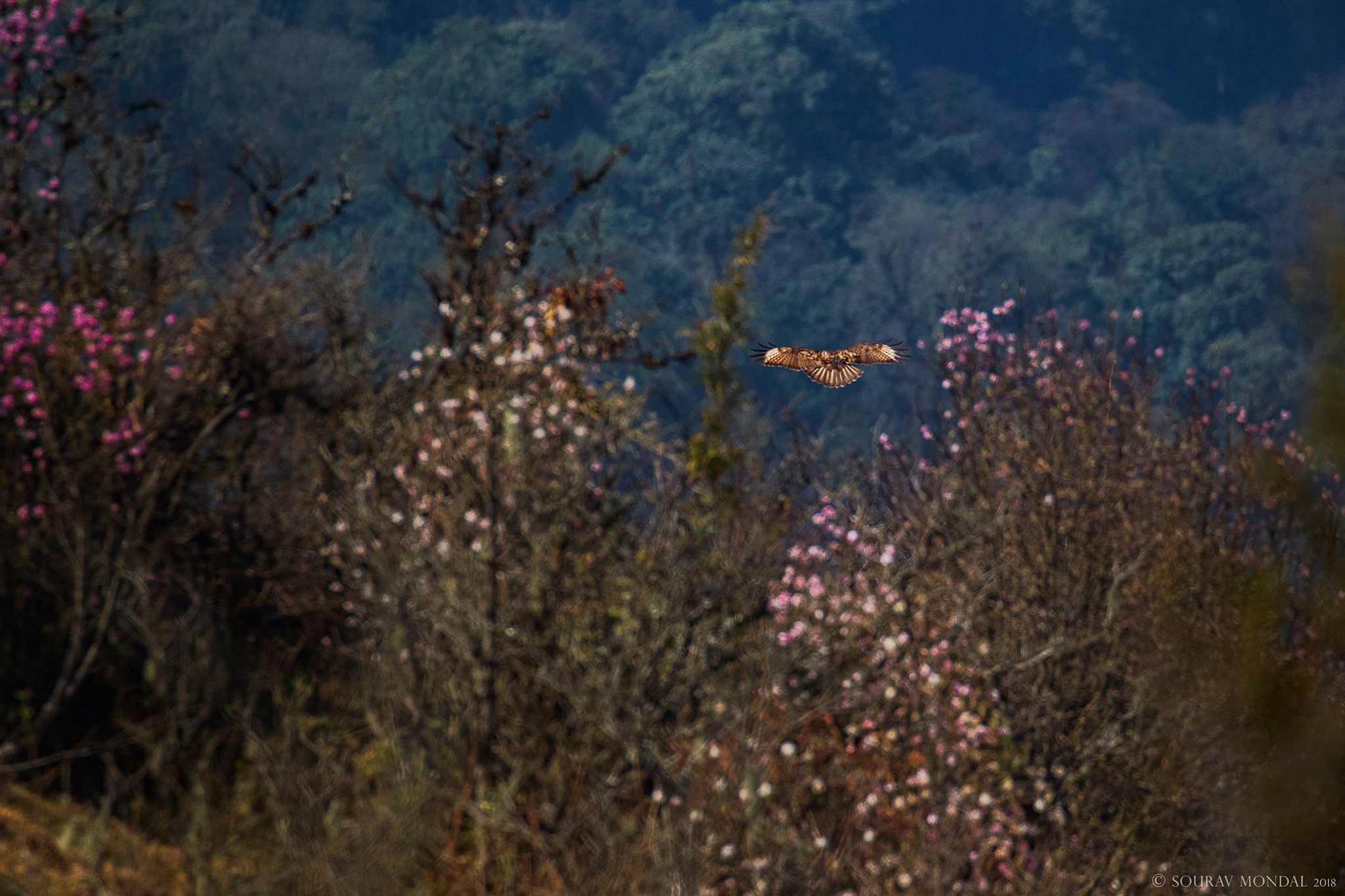
Exploring the Splendors of Himalayan National Park
Welcome to the magical realm of Himalayan National Park, a paradise nestled in the heart of the majestic Himalayas. Here is a virtual journey through the stunning landscapes, diverse wildlife, and awe-inspiring experiences that await you in this natural haven.
The Himalayan National Park is a popular national park located in the state of Himachal Pradesh, India. It is a UNESCO World Heritage site and covers an area of about 1,171 square kilometers. Here are some key details and tips for visiting the Himalayan National Park:
Table of Contents
1. Enchanting Biodiversity of Himalayan national park:
The National Park, located in Himachal Pradesh, India, is a treasure trove of biodiversity. Get ready to witness the mesmerizing flora and fauna that calls this place home, including rare Himalayan flowers, towering deodar and oak trees, and elusive animals like the snow leopard, musk deer, and Himalayan tahr. Discover the park’s conservation efforts and the importance of preserving this delicate ecosystem.
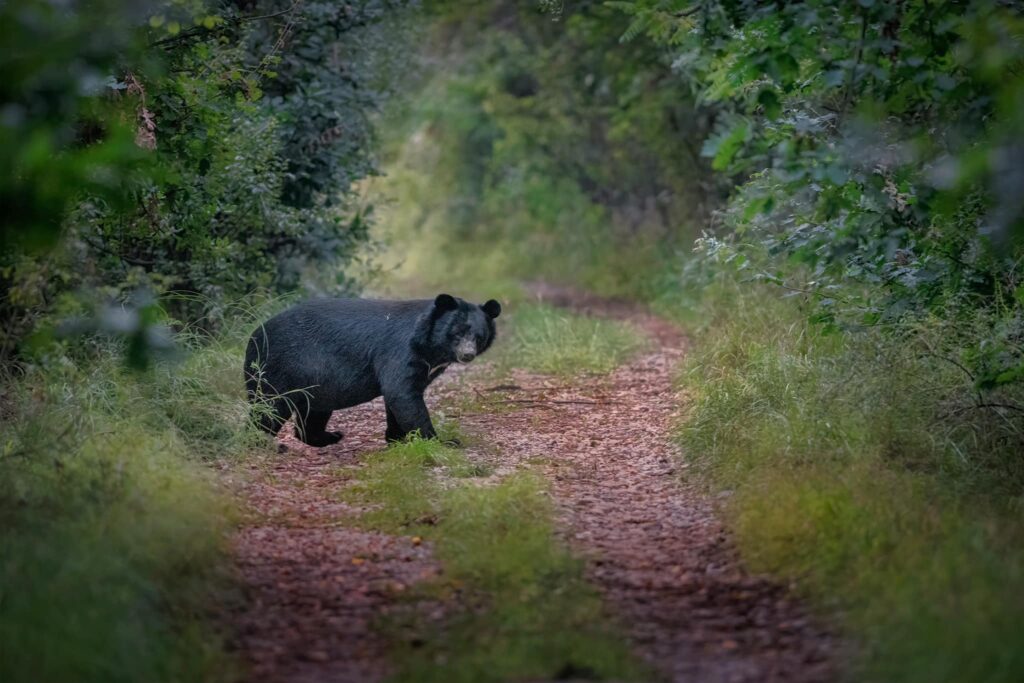
2. Trekking Trails:
Embark on thrilling treks amidst the pristine beauty of the park. From beginner-friendly trails to challenging routes for seasoned trekkers, the National Park offers a range of options. Explore trails like the Great Himalayan National Park Trek, Tirthan Valley Trek, or the Jalori Pass Trek, allowing you to immerse yourself in the breathtaking landscapes and experience the true essence of the Himalayas.
For the TLOW backpacking experience click on this link
3. Wildlife Encounters:
For wildlife enthusiasts, the National Park is a dream come true. Catch glimpses of elusive animals as you embark on safaris or guided tours. Keep your eyes peeled for the legendary snow leopard, musk deer, Himalayan black bear, and a plethora of bird species. Hear stories of conservation efforts and learn about the park’s initiatives for safeguarding these precious creatures.
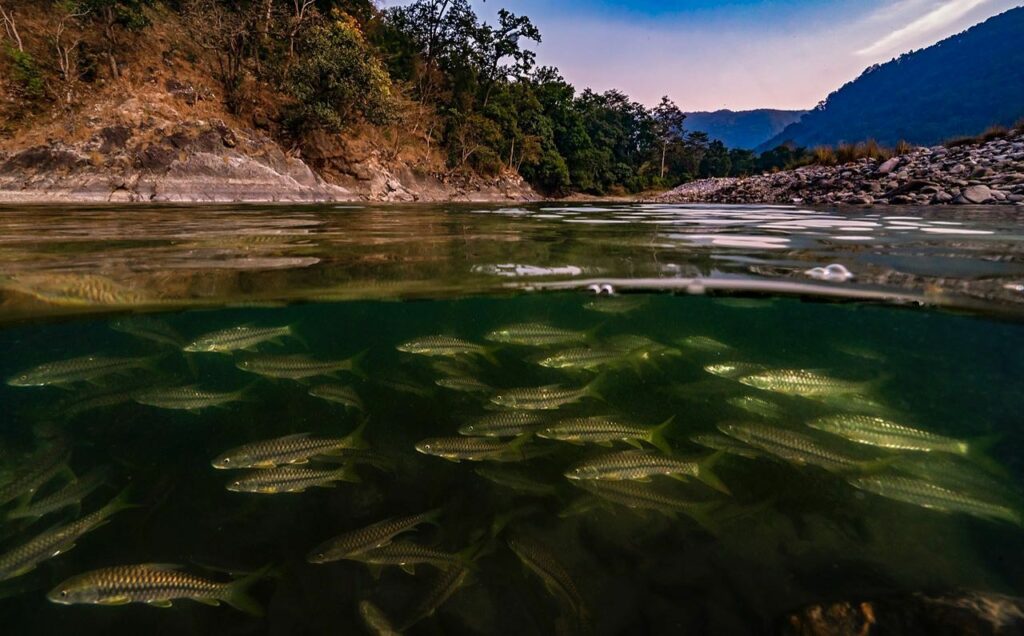
4. Cultural Immersion:
Discover the rich cultural heritage of the region as you interact with the local communities. Learn about their traditional way of life, sample local cuisine, and witness age-old rituals and festivals that celebrate the bond between humans and nature. Immerse yourself in the warmth and hospitality of the Himalayan people.
5. Sustainable Tourism:
The National Park is committed to promoting responsible and sustainable tourism practices. Gain insights into eco-friendly accommodations, initiatives to reduce carbon footprints, and guidelines for responsible trekking. Learn how you can contribute to the preservation of this pristine ecosystem and leave a positive impact during your visit.
Himalayan National Park is a true gem, offering a unique blend of natural wonders, adventure, wildlife, and cultural experiences. Whether you’re a nature lover, adventure seeker, or simply seeking solace in the lap of the Himalayas, this national park has something to offer. So, pack your bags, lace up your hiking boots, and get ready to embark on a journey of a lifetime in Himalayan National Park!
a. Location:
The Himalayan National Park is situated in the Kullu district of Himachal Pradesh, near the town of Kullu.
b. Biodiversity:
The park is known for its rich biodiversity, including a wide range of flora and fauna. It is home to several endangered species, such as the snow leopard, blue sheep, Himalayan thar, musk deer, and many bird species.
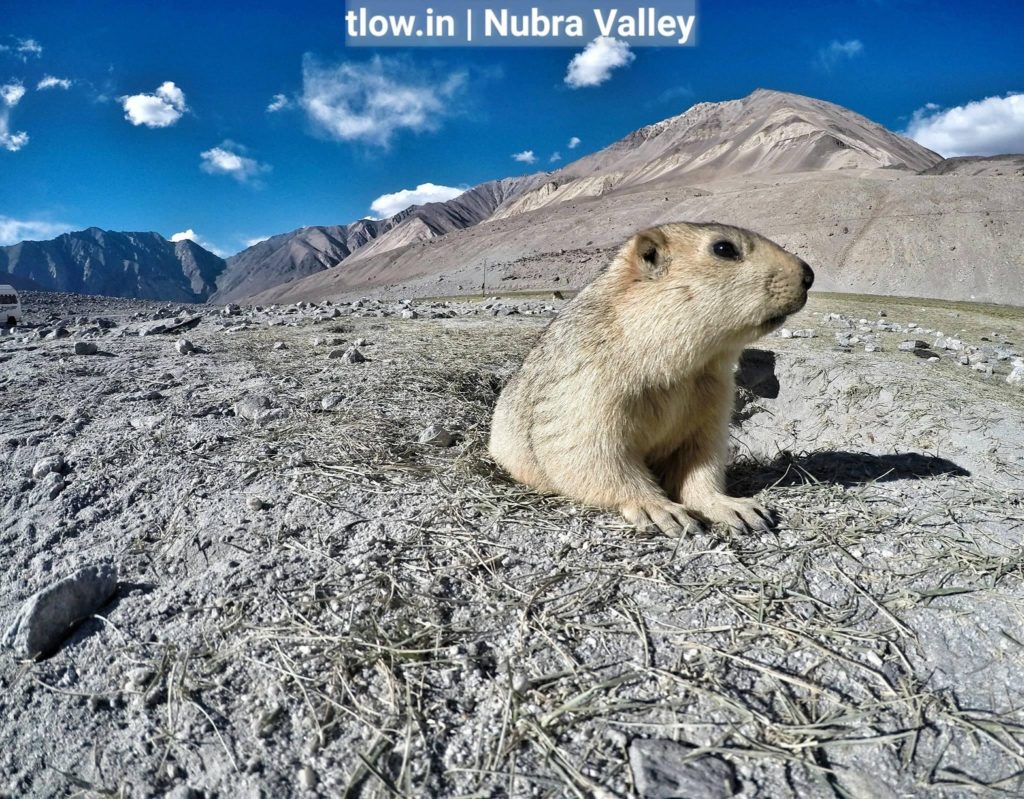
c. Trekking:
The park offers various trekking routes, ranging from easy to challenging, which allow visitors to explore its picturesque landscape. Popular treks include the Great Himalayan National Park Trek and the Bhubhu Pass Trek.
d. Permits:
Visitors to the park require permits, which can be obtained from the Forest Department in Kullu or from the park’s office in Shamshi. It is advisable to check the permit requirements and process before planning your visit.
e. Best time to visit:
The ideal time to visit the Himalayan National Park is from May to October when the weather is relatively pleasant. The park remains closed during the winter months due to heavy snowfall.
f. Wildlife spotting:
While exploring the park, keep an eye out for various species of birds, mammals, and plant life. Hiring a local guide can enhance your chances of spotting wildlife and understanding the ecosystem.
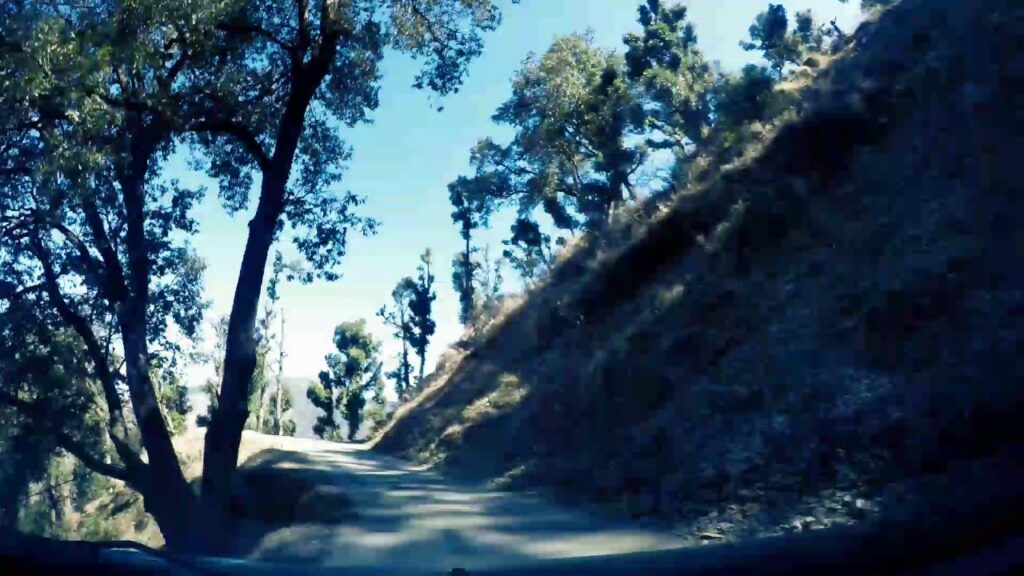
g. Accommodation:
There are limited accommodation options within the park, mainly in the form of forest rest houses and camping sites. It is advisable to make prior arrangements for accommodation or opt for nearby towns like Kullu or Manali.
h. Safety precautions:
As with any outdoor adventure, it is important to be prepared and take necessary precautions. Inform someone about your itinerary, carry essentials like water, food, adequate clothing, first aid kit, and respect the park’s rules and guidelines.
Remember to respect the park’s environment and follow sustainable tourism practices to help preserve its natural beauty for generations to come. Enjoy your visit to the Himalayan National Park!











